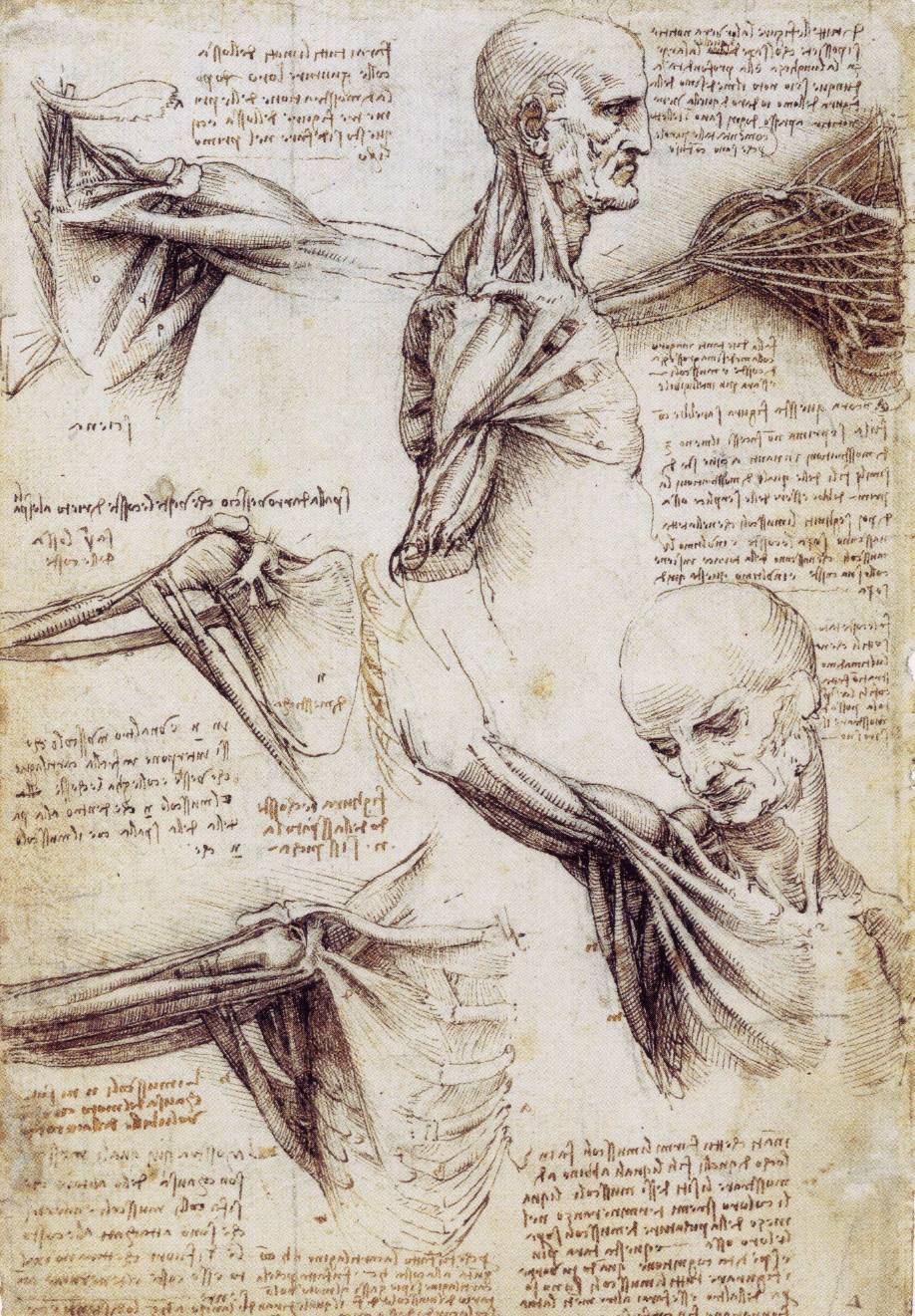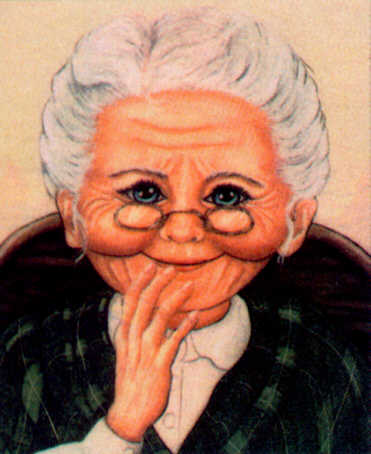
Yo so!...
Apparently the new hip thing going on in my world are mini-med lectures. Mini-med lectures are lectures that are given at various colleges/universities that touch on a variety of topics related to science and medicine. For example, robots. Like, terminator 3-esque. Ok, not that advanced but still very cool nonetheless. I attended a mini-med lecture about a week ago on robot surgery and it has still stuck with me, enough to write about it here.
Let me go on. In going along with the worldy monopolies that we know and love, only one company in the world manufactures 'da Vinci Surgical Robotic Surgical System.' (The lowercase 'd' in 'da Vinci' is correct!) The surgeon sits at a computer-like hub station, a few feet from the patient and uses small handles to direct various robotic 'hands' in performing the surgery. The pros with such an extremely minimally invasive surgery ends up typically (TYPICALLY!) being the minimization of routine complications obtained from more classic open surgery such as recovery time, blood loss, lost surgery equipment (!) etc etc. There was actually a da Vinci system at the lecture for the public to use, and let me tell you it was saaaa-weet to sit there and pretend I was operating on a real human! Just kidding, it was in a lobby and we basically grabbed little rubber cones and played around with them. Actually, cool side note, the surgeon giving the lecture showed a video that a resident made when practicing her skills with the da Vinci robot hands by making an origami swan. Watch this thing, tis crazy. Ok so the video won't upload, so here it is if you want to watch it. http://www.youtube.com/watch?v=x9Bjs99A0k0
But if you don't want to waste one minute, the point of the story is that at the end, one thinks this origami she made had to be, the size of one's fist or something, but it ends up being half the size of a penny! Crazy-town! The robotic hands are that capable even though they are centimeters wide! Go da Vinci!
But I digress. The cool thing about mini-med lectures is the opportunity for med students, health students, the public, the laymen, you name it, to be exposed to the frontiers of science in tons of various topics. They are also very affordable; the lecture series I am currently signed up for at Loyola amounted to $40 for 8 lectures, with one's commitement to how many one attends completely voluntary, but I found that most lectures at other schools end up costing nothing. (What the heck Loyola?) The schedules of the lectures are typically held once a week, for a couple months span at convenient evening hours. Anyways, forgive my da Vinci propaganda, it was just very cool! Moving on...
For Medical Illustration students in particular, the knowledge and coverage given to such a wide range of topics ends up being priceless for helping to pin down, or just even hint at possible fields one would potentially like to end up being in. Being that medical illustration has so many wide applications, it typically is hard to hone in on an area of medicine that one can spend their life's work on. That's why the lectures end up being so fascinating and valuable. This week's lecture is titled, 'The Bionic Human,' so no doubt that will be interesting as hell...but the following lectures touch on more common topics such as Alzheimer's and Genetics, and end up informing the public on the most current research in the field. I figured I'd share this information and if you happen to google 'Mini-med lectures,' you can surely find something reasonably close and affordable for you!
In the end, it supplies a lot more interesting job possibilities then illustrating textbooks. Yuck.





















